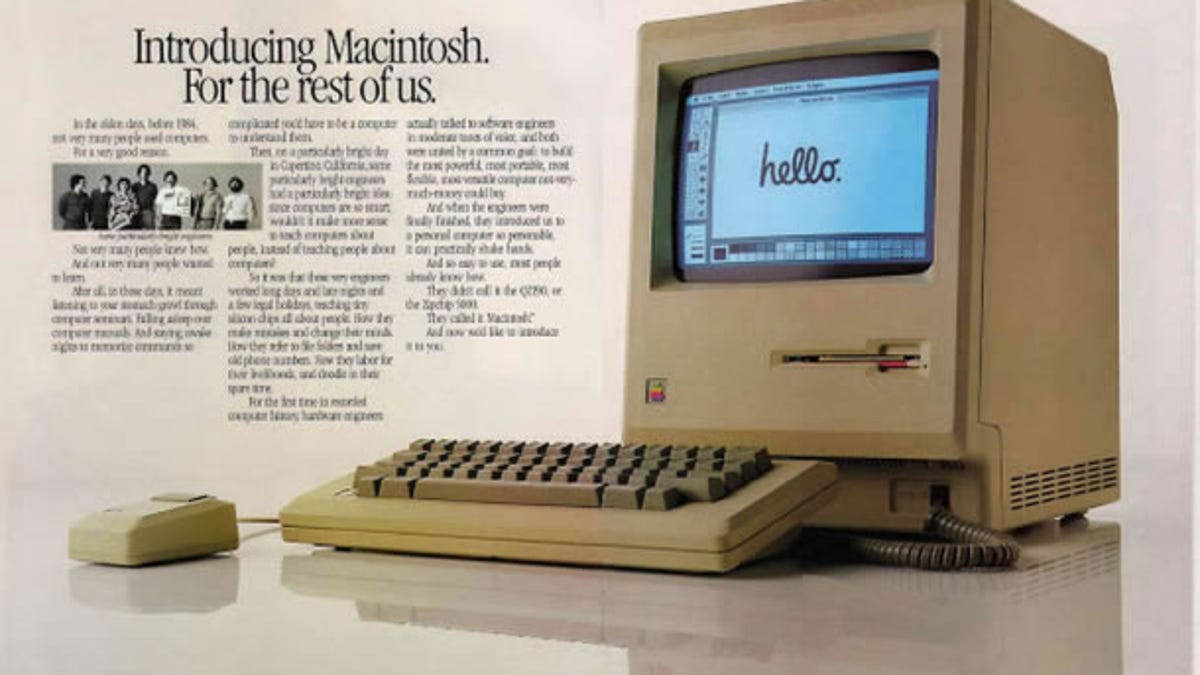iFixit travels back in time to tear down the original Mac
What went into the guts of 128K Macintosh 30 years ago? iFixit takes a teardown trip through memory lane to uncover the answers.

See also CNET's special report on the 30th anniversary of the Macintosh, looking at the beginnings of Apple's landmark machine and its impact over the last three decades.
It's 1984. Apple has just launched a computer with a graphical user interface. Wow, sounds cool. But what makes it tick and how easy is it to repair?
Tearing down a vintage Mac obtained from the Vintage Mac Museum with play-by-play commentary from Cult of Mac, the folks at iFixit take us on a tour of the famed machine.
Selling for $2,495 back in 1984, the Mac is equipped with an 8MHz Motorola 68000 processor, 128 kilobytes of memory, a 9-inch black-and-white CRT display with a resolution of 512 x 342 (72 dpi), 400 kilobytes of storage through a 3.5-inch floppy disk drive, and a single-button mouse and keyboard.
Opening the case requires a turn of a screw, though it's tightly recessed. Taking off the case reveals not just the innards but the autographs of Steve Jobs, Steve Wozniak, and the rest of the original Mac team. The CRT is easier to access than are today's LCD screens, but high voltage labels warn that you may be in for a shock if you're not careful.
Despite encountering a variety of different screw types, the iFixit team manages to disconnect the power supply, without getting electrocuted. The logic board slides smoothly out of its tray, revealing the Motorola processor and the RAM. iFixit then sets loose the 3.5-inch floppy drive before taking apart the keyboard and mouse.
So what are the original Mac's pros and cons should you ever decide to take one apart?
On the upside, the logic board, floppy drive, power supply, and CRT display are easy enough to remove. No adhesive appears anywhere. And you can even replace the clock battery.
On the downside, the RAM is soldered to the logic board and so can't be upgraded. You can't bump up the storage by adding an internal drive though you can hook up an external floppy drive. The case is hard to open with the recessed screw and tight fit. And once inside, you have to watch out for dangerously high voltages should you wish to remain alive.
The final verdict: The original Mac scores 7 out of 10 (10 is easiest to repair) on iFixit's repairability scale.

